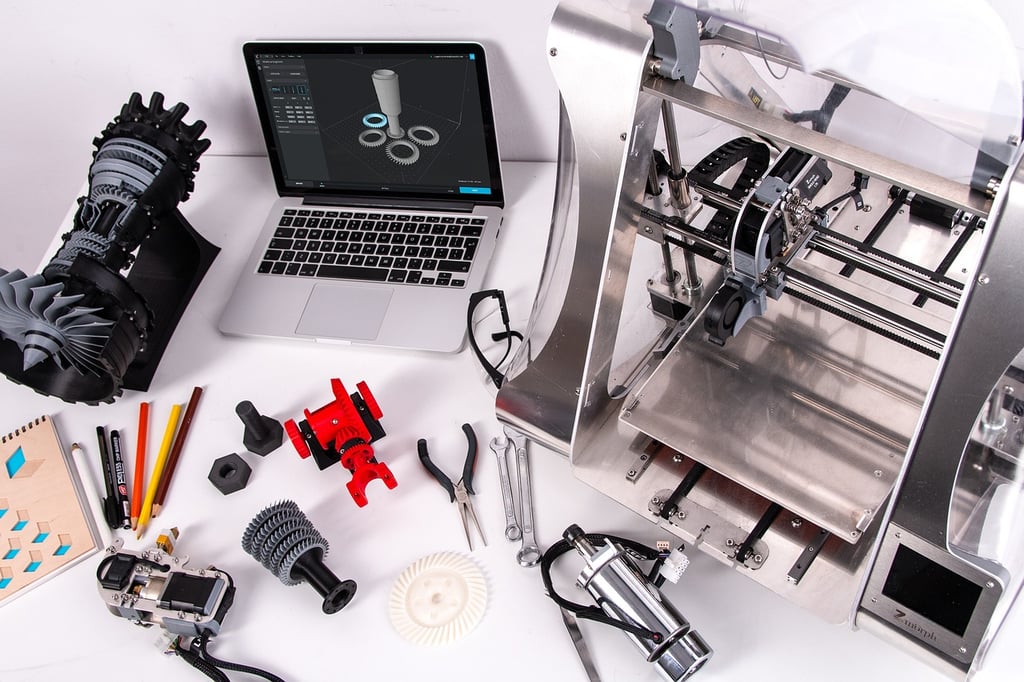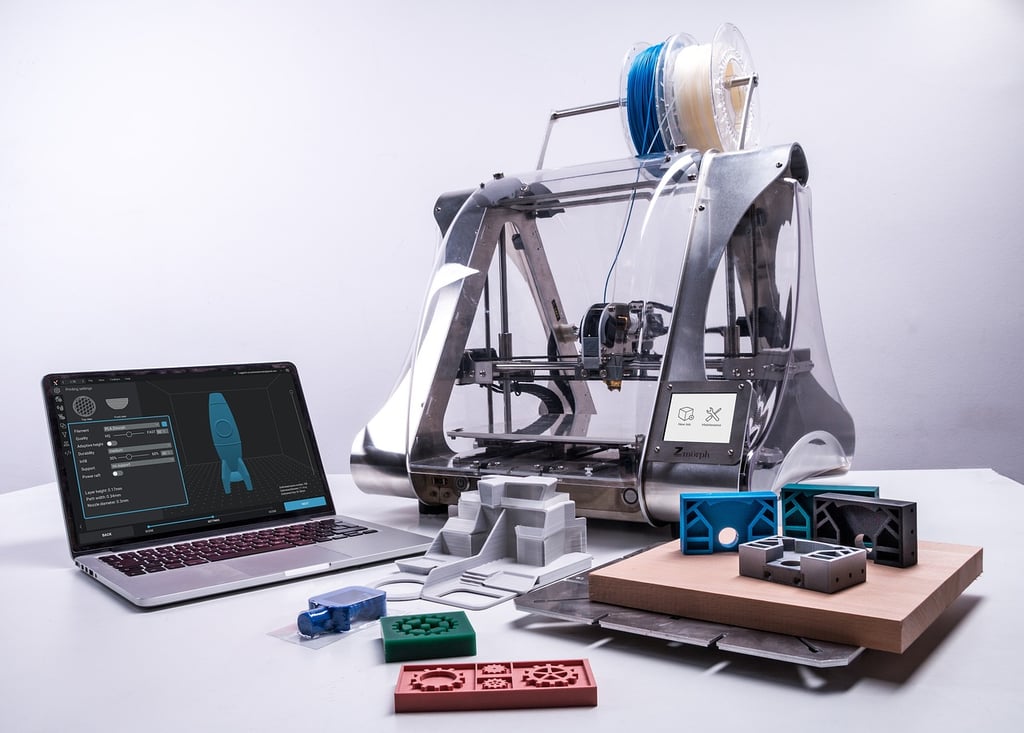Understanding the Best 3D Printer for Your Needs
With the rapid advancements in technology, 3D printing has emerged as a groundbreaking innovation that has the potential to revolutionize various industries. Whether you are a hobbyist, a professional designer, or a manufacturing company, investing in the best 3D printer can greatly enhance your creative capabilities and streamline production processes. In this article, we will explore the key factors to consider when choosing the best 3D printer for your specific needs.
1. Quality and Resolution: Ensuring Precise and Detailed Prints
When evaluating 3D printers, one of the most crucial aspects to consider is the quality and resolution of the prints it can produce. Higher resolution printers can create prints with finer details and smoother surfaces, allowing for more intricate and realistic models. Look for printers with a high DPI (dots per inch) or layer height capability, as this directly affects the level of detail that can be achieved.
Additionally, consider the type of printing technology employed by the printer. Stereolithography (SLA) printers, for example, use liquid resin that cures layer by layer with the help of UV light, resulting in incredibly detailed prints. On the other hand, fused deposition modeling (FDM) printers extrude melted filament to create layers, which may result in slightly lower resolution prints but tend to be more cost-effective.
Investing in a printer with good quality and resolution ensures that your prints accurately represent your design, whether it's for prototyping, artistic creations, or functional parts.
2. Build Volume: Considering the Size of Prints
The build volume, or the maximum size of prints a 3D printer can produce, is an essential factor to consider depending on the scale of your projects. If you primarily work on small-scale models or intricate designs, a printer with a smaller build volume may suffice. However, for larger prototypes or functional parts, you will need a printer capable of accommodating bigger dimensions.
It's important to strike a balance between the desired print size and the available build volume within your budget. Bear in mind that larger build volumes usually come with a higher price tag and may require more space in your workspace. Therefore, carefully assess your requirements and choose a printer that aligns with your project needs.
3. Material Compatibility: Exploring Versatility and Application
The best 3D printer should be compatible with a wide range of materials, allowing you to explore different applications and achieve desired properties in your prints. Common materials used in 3D printing include various types of plastics, resins, metals, and even ceramics.
Consider the type of projects you intend to undertake and ensure that the printer you choose can handle the materials required. For example, if you aim to print durable mechanical parts, a printer that can handle engineering-grade thermoplastics like ABS or nylon would be ideal. Alternatively, if you are interested in creating intricate jewelry, a printer compatible with castable resins may be more suitable.
Furthermore, some printers offer multi-material capabilities, enabling you to combine different materials within a single print. This versatility can open up endless possibilities for complex designs and functional prototypes.
4. User Experience: Evaluating Ease of Use and Software
As a user, it is important to consider the overall user experience provided by the 3D printer. Look for printers that offer intuitive interfaces, easy setup processes, and reliable customer support. A printer with a user-friendly software interface can greatly streamline your workflow and minimize potential frustrations.
Take into account the software compatibility as well. Some printers come with their own proprietary software, while others are compatible with popular slicing software such as Cura or Simplify3D. Ensure that the software is compatible with your operating system and offers the necessary features for your specific projects.
Additionally, consider the connectivity options offered by the printer. Wi-Fi or Ethernet connectivity allows for seamless file transfer and remote monitoring, enhancing convenience and productivity.
5. Price and Value for Money: Balancing Budget and Features
Lastly, but certainly not least, the price of the 3D printer is a significant factor to consider. While it can be tempting to opt for the cheapest option available, it's essential to strike a balance between your budget and the features you require from the printer.
Consider the long-term value the printer offers. Investing in a reliable and durable printer may require a higher initial investment but can save you money on repairs or replacements in the long run. Read reviews, compare prices, and evaluate the overall reputation of the manufacturer to ensure that you are getting the best value for your money.
In conclusion, finding the best 3D printer involves carefully considering factors such as quality and resolution, build volume, material compatibility, user experience, and price. By assessing your specific needs and matching them with the capabilities of the printer, you can make an informed decision that will enhance your creative endeavors and bring your ideas to life.
Relative Articles
-
What is an Extruder in 3D Printing?
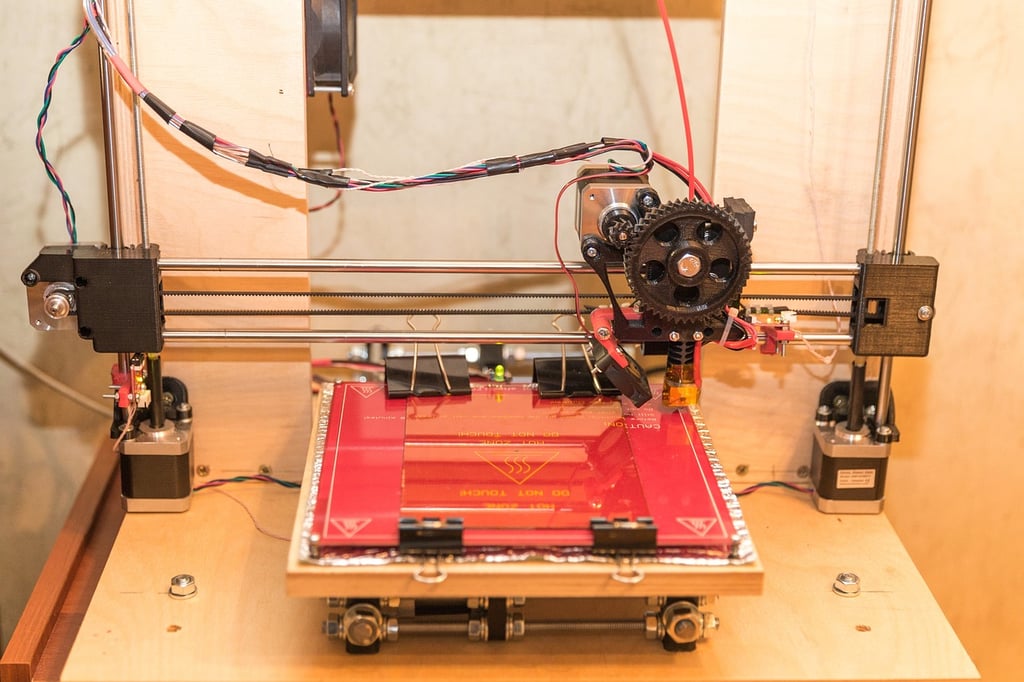
-
Is 3D Printing Hard? Exploring the Prospects of This Innovative Technology
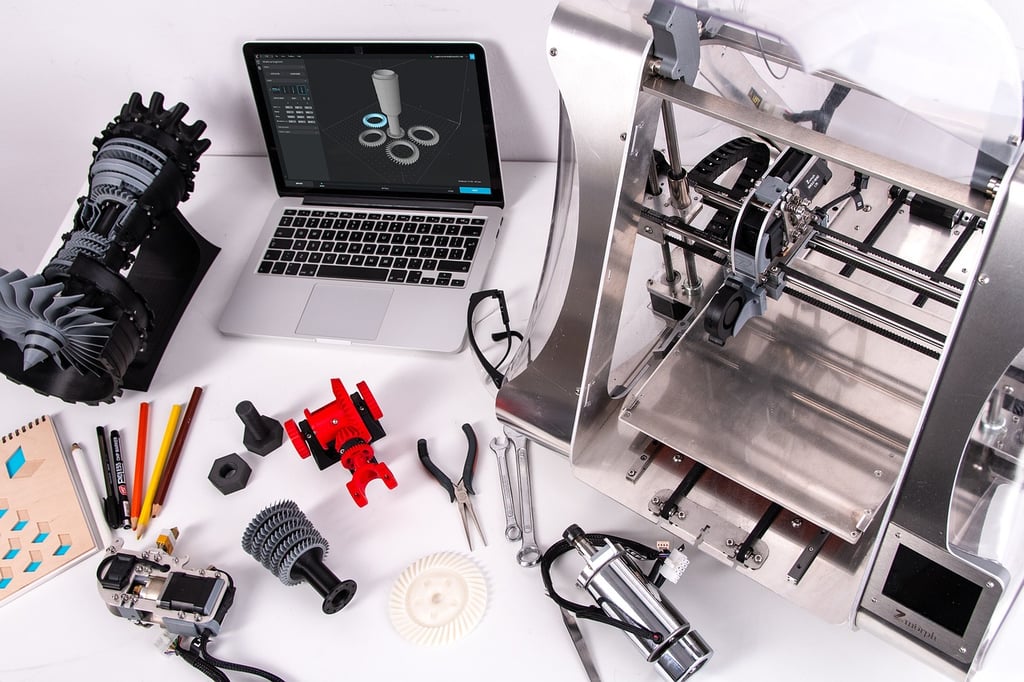
-
How to Remove Raft from 3D Print: A Step-by-Step Guide
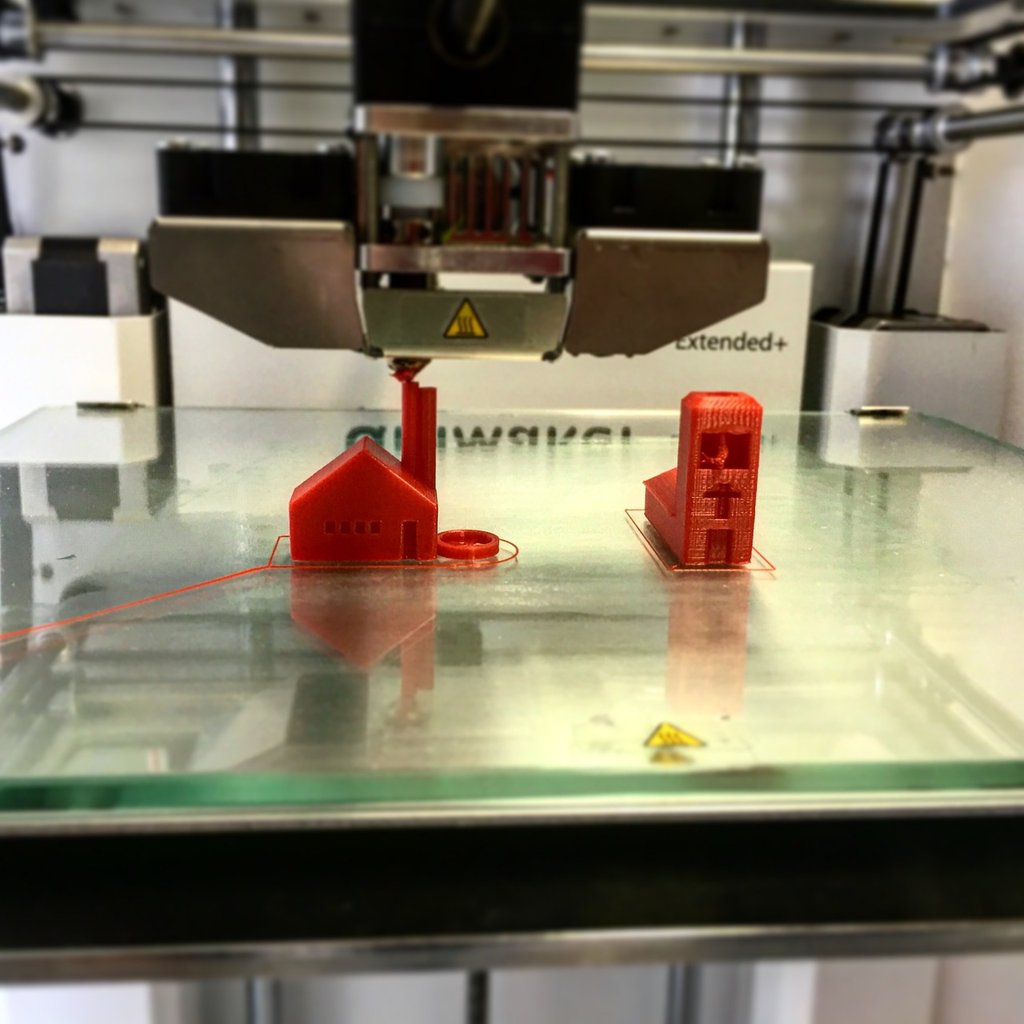
-
How to Clean Up Stringing on 3D Print
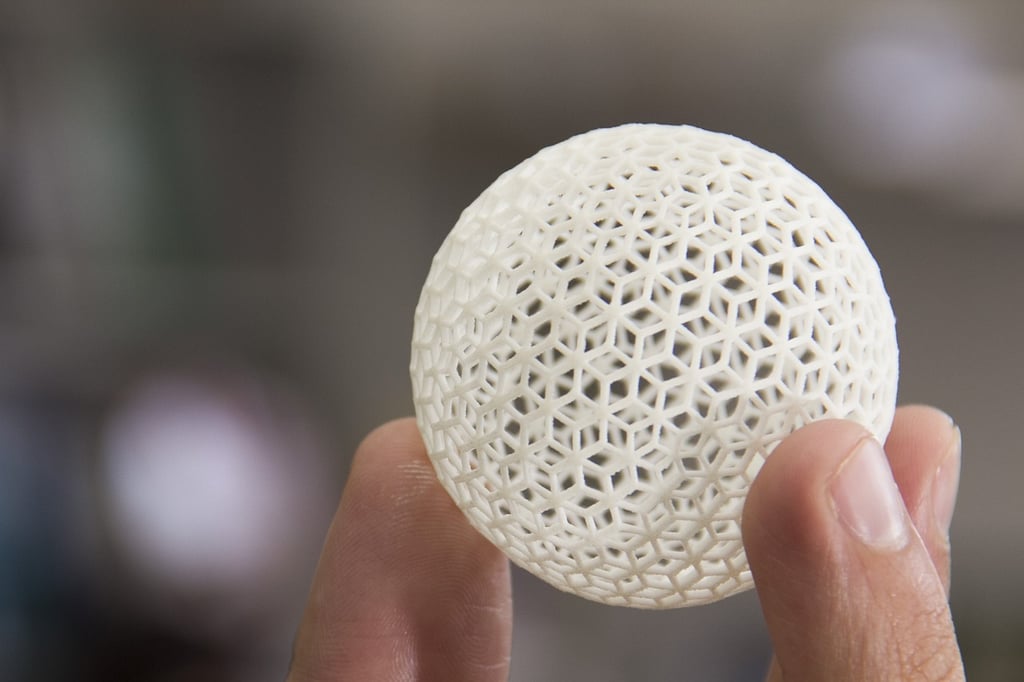
-
How to Calibrate Your 3D Printer for Optimal Performance
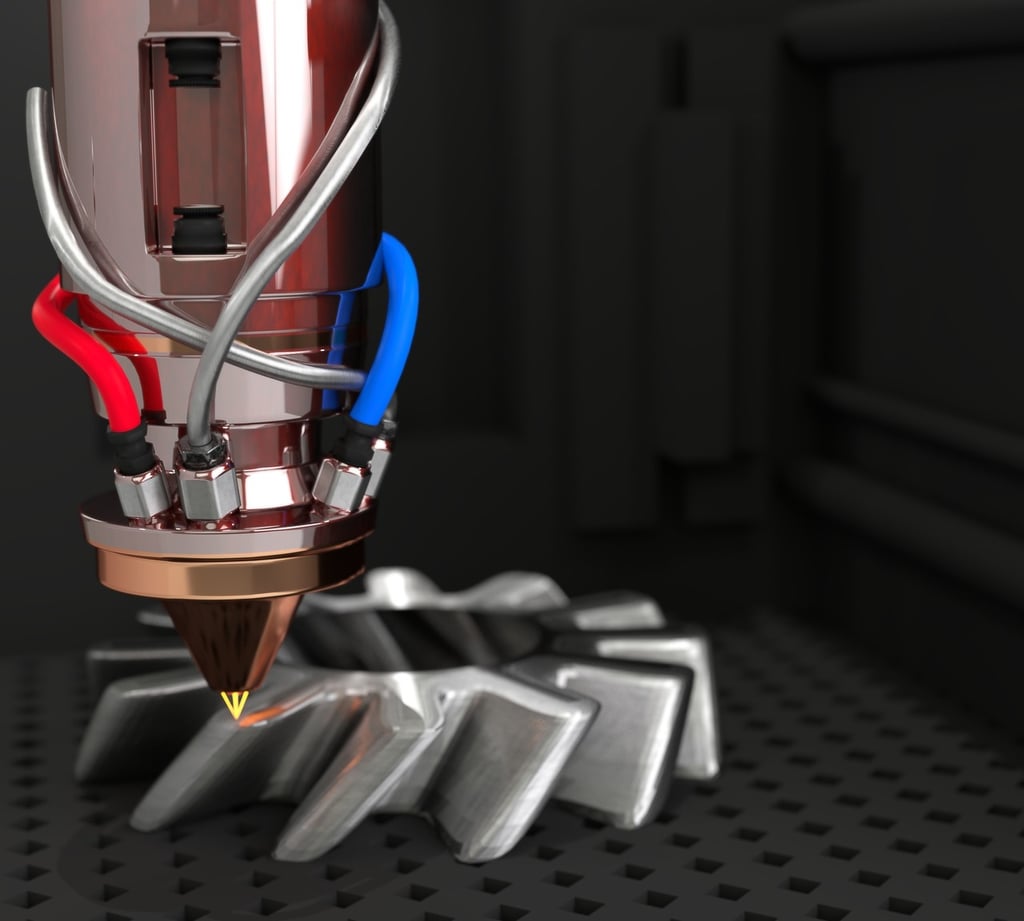
-
Can I Pause a 3D Print Overnight? Exploring the Pros and Cons
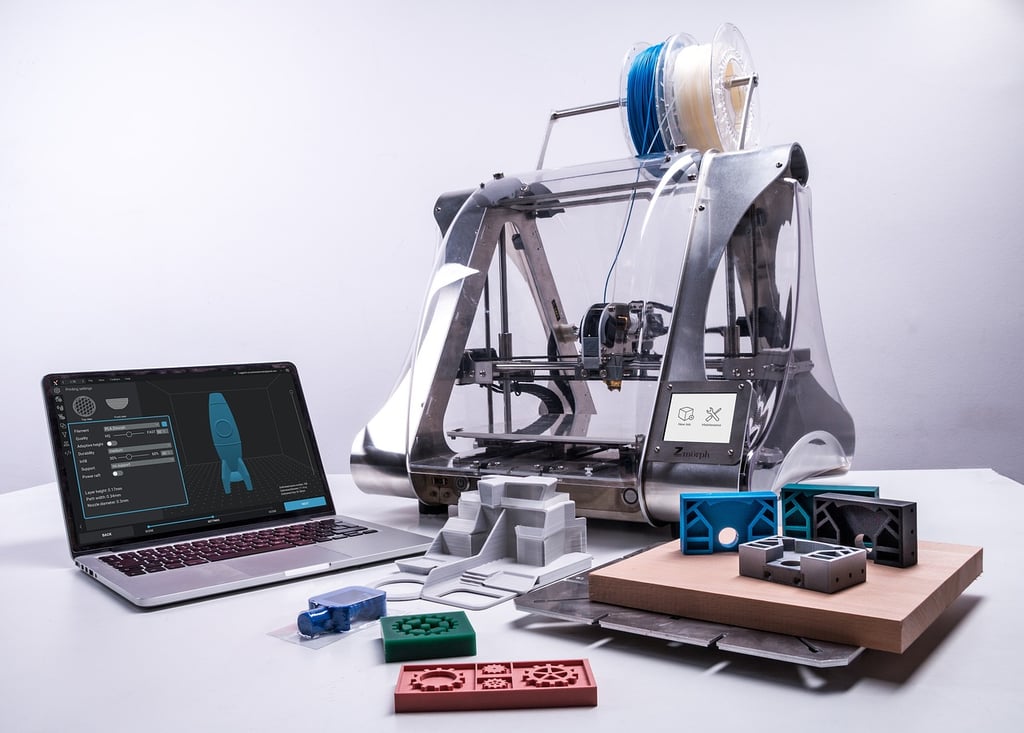
-
How to 3D Print Large Objects
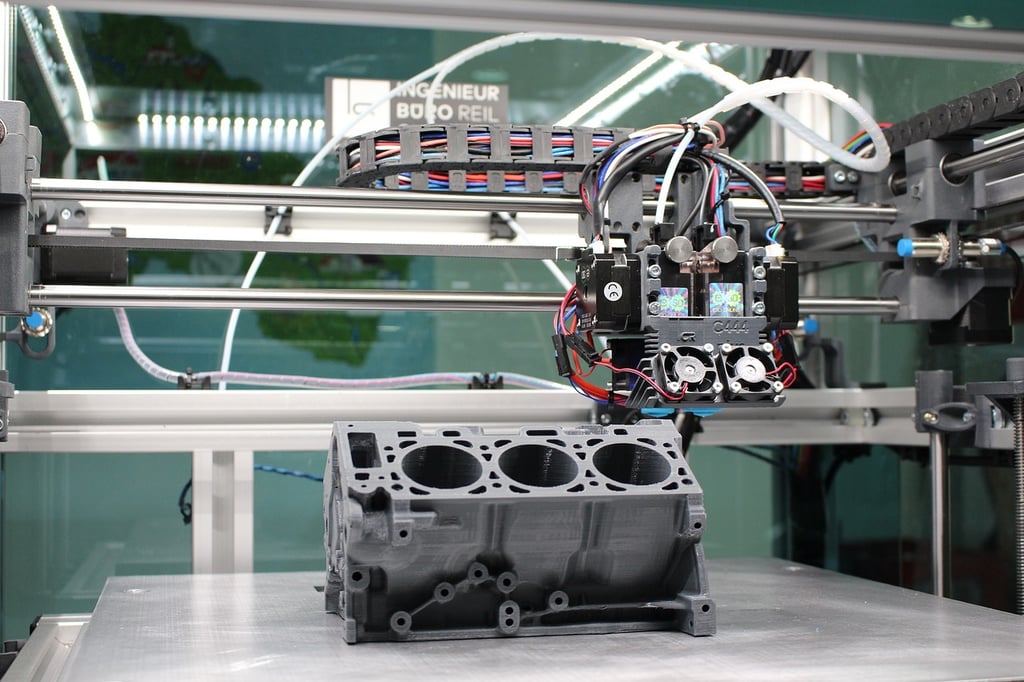
-
How to Recycle 3D Printer Filament: A Comprehensive Guide
